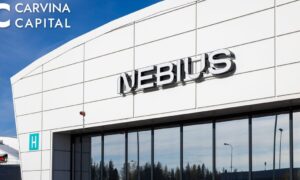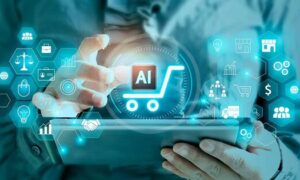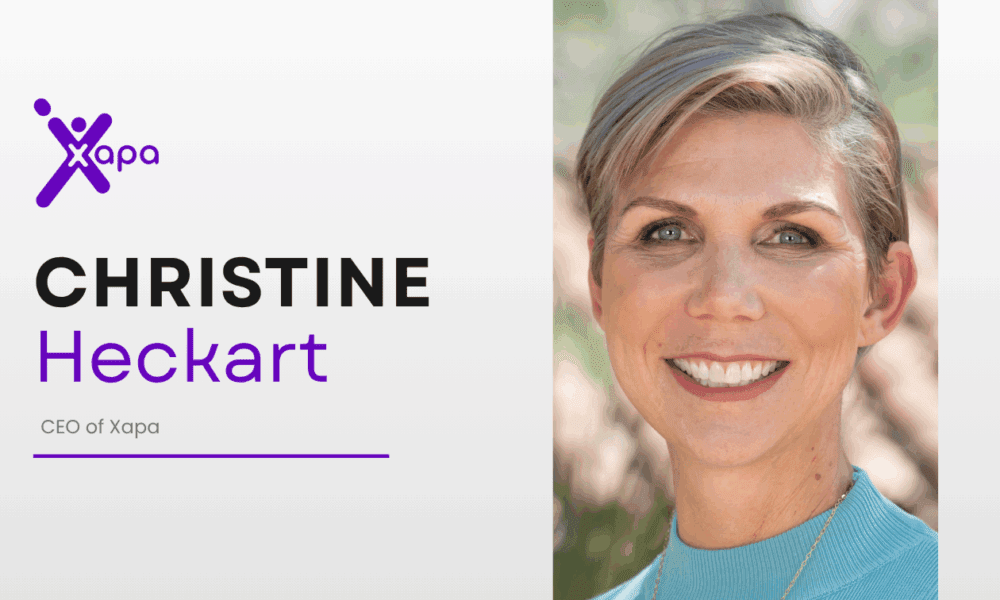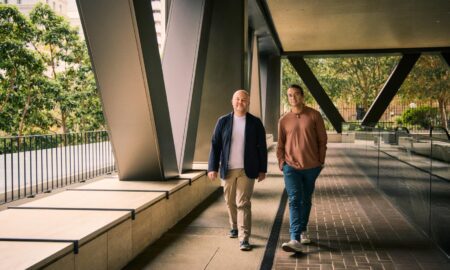There comes a time when industries must break free from the chains of inefficiency, when outdated systems must give way to innovation, when access to opportunity must be made available to all—not just the giants who have ruled the game for too long. That time is now.
For decades, small and mid-sized businesses have been locked out of the logistics networks that power the world’s largest retailers. They have watched as Walmart, Amazon, and Target mastered economies of scale, leveraging their vast infrastructures to move goods at unparalleled speed and cost. Meanwhile, the smaller players have been left fighting for scraps, struggling under the weight of inefficiency, forced to navigate a supply chain built for the privileged few.
But I say to you today: the walls are coming down.
A revolution is upon us—one driven by artificial intelligence and open networks. A revolution that will tear down the barriers of scale, that will bring the power of world-class logistics to businesses of all sizes, that will replace exclusion with inclusion. And leading this movement is Shekar Natarajan, a supply chain innovator who has seen both sides of the battlefield—from the giants who dominate it to the challengers who refuse to back down.
The Stark Reality of Scale
The numbers tell the story of an industry designed to keep the powerful in power.
- Walmart’s annual revenue reached $648 billion in the fiscal year ending January 31, 2024.
- Amazon delivered over 9 billion items via same-day or next-day delivery in 2024.
- For small businesses, logistics costs consume 13-16% of total sales—double the rate of major corporations.
“What Walmart moves in a single day, American Eagle moves in a year. What American Eagle does in a year, Amazon moves in just 3.4 hours,” Natarajan explains. “This isn’t just a gap—it’s an economic fault line.”
And here’s the brutal truth: traditional competition is not the answer. “Supply chains weren’t designed for competition; they were designed for optimization,” Natarajan says. “When businesses fight over the same resources, costs spiral, and efficiency is lost. The answer isn’t more competition—it’s collaboration.”
Tearing Down Barriers with AI
The key to this new era is AI-powered open networks—a system designed to break down logistical barriers and level the playing field.
“The open network is the great equalizer,” Natarajan declares. “It gives businesses of all sizes the ability to tap into the same infrastructure that has long been the privilege of giants. No longer will billions of dollars in capital be the cost of entry.”
His mission is personal. “I arrived in the U.S. with $34 in my pocket. I grew up in the slums of India. This country gave me opportunity, and now I want to help create that opportunity for others,” he says.
But the inefficiencies of today’s supply chains still loom large. The U.S. trucking industry, valued at $750 billion, remains paralyzed by outdated, paper-based processes. According to the U.S. Department of Transportation, 65% of trucking companies still rely on manual paperwork for key operations. “We talk about sending people to Mars, yet we still run logistics on spreadsheets and fax machines,” Natarajan says. “The system is broken. It must be rebuilt.”
The Future of Supply Chains: Three Fundamental Shifts
Natarajan envisions a future shaped by three defining changes:
- Knowledge Will Be Available to All
- “For too long, supply chain expertise has been the secret weapon of the elite. AI will change that. It will make logistics intelligence available to everyone, empowering businesses of all sizes.”
- A 2023 survey by Gartner found that 76% of supply chain executives believe AI-driven analytics will be a competitive necessity within five years.
- The Age of Digital Orchestration
- “The days of manually managing logistics operations are ending. Supply chain professionals will no longer push buttons—they will teach AI to push them. They will transition from task managers to digital orchestrators.”
- By 2026, 50% of supply chain tasks will be automated, according to McKinsey & Co., freeing up billions in labor costs.
- Trust Will Define the New Economy
- “With automation comes responsibility. Trust must be built into AI. Transparency will be the currency of the new logistics era. Companies that ignore this will not survive.”
- A recent MIT study found that 68% of executives fear ‘black box AI’—supply chain automation they cannot fully explain or trust.
The Call to Action: Step Into the Future
To those who hesitate, to those who still cling to the old ways, Natarajan offers a simple truth: AI is not coming. AI is here. And the choice is clear—evolve, or be left behind.
“Start now. Start small. Automate the tasks that slow you down. Then scale. AI isn’t here to replace people—it’s here to amplify their potential,” he urges.
And above all, specialize. “In an AI-powered world, expertise is the most valuable asset. The future belongs to those who don’t just automate, but innovate—who master their craft and let technology do the rest.”
This is no longer a distant future—it is happening now. Industry forecasts suggest that AI-driven logistics optimization could generate $1.3 trillion in cost savings annually by 2030.
Shekar Natarajan, alongside Shekar Natarajan is not just envisioning a better system; he is building it. And the question that remains is: Who will rise to meet this future, and who will be left clinging to the past?
Connect with Shekar Natarajan on LinkedIn to stay updated on his insights about AI innovation in supply chain management and open networks.



































